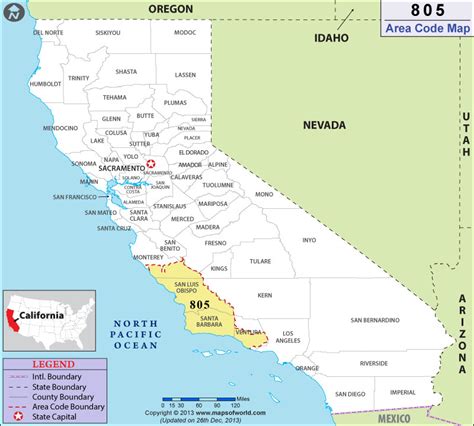The lingering questions and eerie atmosphere of “The Last Exorcism Part II” continue to haunt audiences, inviting a deeper dive into the movie’s narrative and symbolism. Directed by Ed Gass-Donnelly, this 2013 horror film is a sequel to Daniel Stamm’s “The Last Exorcism” and delves into the aftermath of the events at the rural farmhouse, where Cotton Marcus’s (Patrick Fabian) documentary crew captured the exorcism of Nell Sweetzer (Ashley Bell).
Picking Up the Pieces
The story picks up where the first film left off, with Nell escaping from the clutches of the demonic force that had taken over her body. However, the journey to recovery and normalcy is fraught with challenges. Nell is taken to a halfway house in New Orleans, where she attempts to rebuild her life, shell-shocked and traumatized by her experiences. Despite her efforts to move forward, she begins to realize that the evil spirit may not have fully relinquished its grip on her.
The Nature of Evil
One of the central themes of “The Last Exorcism Part II” is the persistence and cunning of evil. The demonic entity, while seemingly vanquished, bides its time, influencing Nell’s perceptions and actions in subtle but insidious ways. This portrayal underscores the idea that true evil is not always overt but can work through manipulation and deception, making it harder to discern and combat.
Psychological Horror Elements
The film masterfully weaves psychological horror elements, blurring the lines between what is real and what Nell perceives. As the story progresses, the audience is left questioning the reliability of Nell’s narrative, mirroring her own confusion and fear. This ambiguity creates tension, as the viewer is forced to navigate the blurred boundaries between Nell’s psychological state and the supernatural forces at play.
Symbolism and Foreshadowing
Throughout the film, there are numerous symbols and instances of foreshadowing that hint at the climax and the true nature of the evil Nell faces. For example, the butterfly motif represents transformation and, in some cultures, the soul. Nell’s observation of butterflies and her eventual transformation into a vessel for the demon symbolize the possession as a twisted form of transformation or rebirth.
Community and Isolation
The theme of community versus isolation is also explored, as Nell seeks connection and understanding in a world that seems determined to misunderstand her. Her experiences in the halfway house and her interactions with the people around her highlight the challenges of finding support when one is perceived as different or tainted by supernatural events.
The Climax and Beyond
The climax of the film is a dramatic descent into chaos, as Nell’s possession becomes more apparent, and the demon reveals its plan. The use of religious symbology and the concept of a chosen vessel for the demon add depth to the narrative, exploring themes of sacrifice, redemption, and the power of evil to corrupt even the strongest wills.
Conclusion
“The Last Exorcism Part II” offers a complex and terrifying exploration of the human psyche under siege by supernatural forces. Through its use of psychological horror, symbolism, and the theme of persistent evil, the film provides a gripping narrative that challenges the viewer to confront the darker aspects of human nature and the existence of evil. While it may not provide all the answers, the movie’s conclusion leaves a lasting impact, inviting reflection on the resilience of the human spirit in the face of unimaginable horror.
Frequently Asked Questions
What is the central theme of "The Last Exorcism Part II"?
+The central theme of the film revolves around the persistence of evil, psychological horror, and the struggle for redemption and normalcy in the face of supernatural events.
How does the film use symbolism?
+The film employs various symbols, such as the butterfly, to represent transformation and the soul, hinting at the demonic possession as a form of twisted rebirth or transformation.
What message does the film convey about community and isolation?
+The movie highlights the importance of community and understanding in overcoming trauma, while also showing how isolation can exacerbate the effects of supernatural events, making recovery more challenging.
In conclusion, “The Last Exorcism Part II” is a thought-provoking horror film that delves into the complexities of human psychology, the power of evil, and the importance of community. Its use of symbolism, psychological horror, and thematic exploration makes it a compelling watch for fans of the genre and those interested in narratives that challenge conventional norms.


